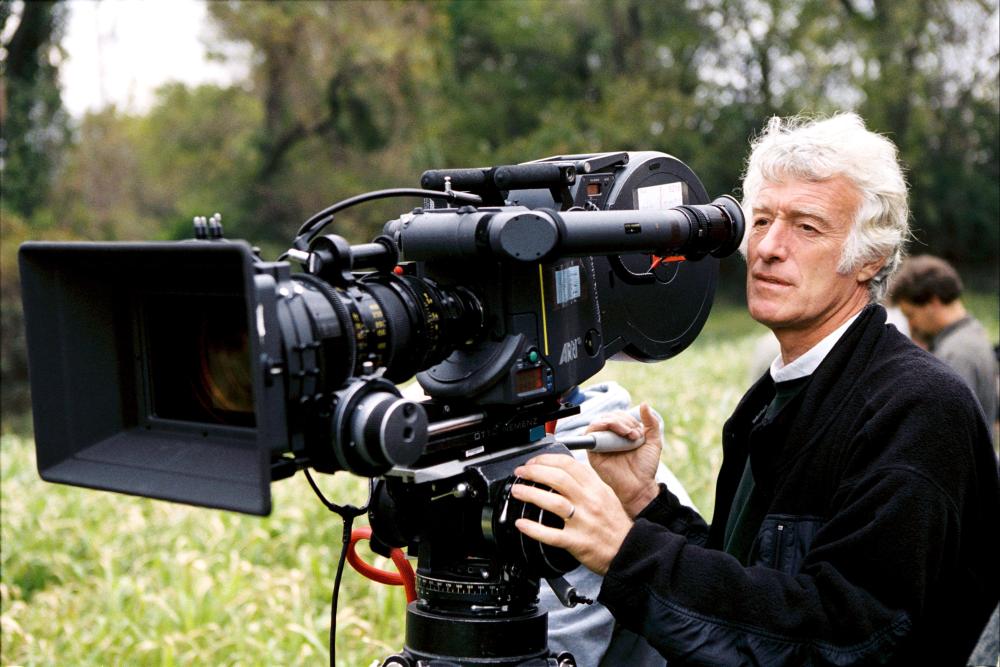
Europe is definitely an area of great directors, film schools, festivals, films naturally, but also the cinematographers. In front of you is the list of 30 great living cinematographers who are originally from Europe, who live or work there.
Of course, one article is too short to mention all the great European directors of photography, so don’t be mad if someone is missing.
30. Anthony Dod Mantle (UK)
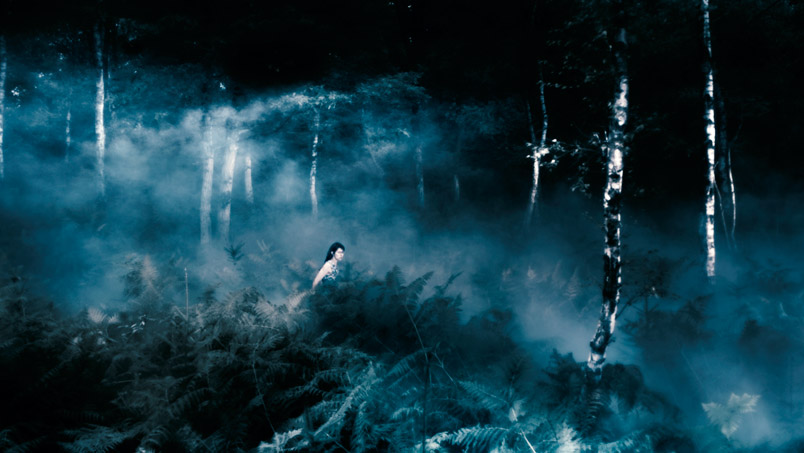
He is a British director of photography and member of ASC, BSC and Danish Association of Cinematographers, who usually works with Lars von Trier and Danny Boyle. He is also known for his work in digital cinematography.
He won many awards including an Oscar for “Slumdog Millionaire” in 2009, BAFTA and ASC award, Golden Frog on Camerimage, European Film Award and others.
He is notable for his work on the films “28 Days Later”, “Dogville”, “Antichrist”, “127 Hours” and “Rush”. Now he is filming Angelina Jolie’s new motion picture “First They Killed My Father” and the film “Snowden” by Oliver Stone, which is currently in post-production.
29. Andrzej Sekula (Poland)
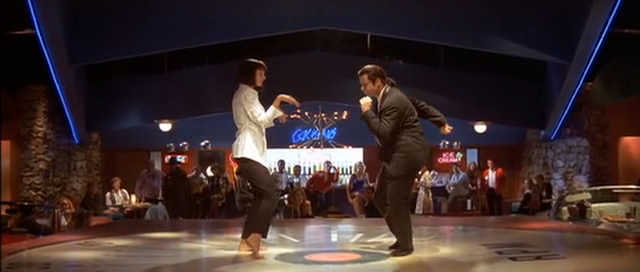
This Polish cinematographer is most recognizable as Quentin Tarantino’s director of photography, before Robert Richardson. He filmed “Pulp Fiction”, one of the most important cult films of today, which brought him a nomination for the prestigious BAFTA award for Best Cinematography in 1995.
In 2000 he was nominated at the Camerimage Festival for the Golden Frog in main competition for his work on the famous drama “American Psycho”.
He filmed some of Tarantino’s other films, like “Reservoir Dogs” or the segment “The Man from Hollywood” from the legendary comedy-drama “Four Rooms” (directed by four directors including Tarantino and Robert Rodriguez).
Although he now does not work with such renowned directors, we can’t just forget his work on these film classics.
28. Christian Berger (Austria)
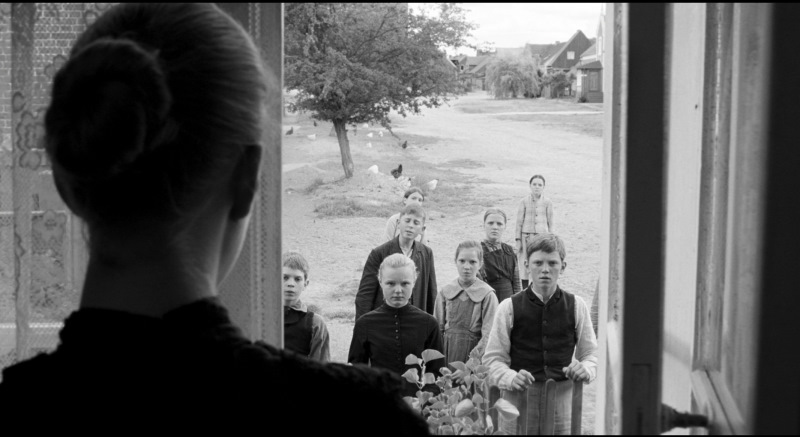
Christian Berger is a great 71-year-old Austrian cinematographer, mostly known for his work with another Austrian filmmaker, Michael Haneke.
In 2010, Berger was nominated for an Academy Award for Best Cinematography for Haneke’s film “The White Ribbon”, and American Society of Cinematography awarded him for the same film. The British Society of Cinematographers and the European Film Awards nominated him for this film as well. Camerimage nominated him for a Golden Frog in main competition in 2001 for “The Piano Teacher”, also directed by Michael Haneke.
Berger is also a professor at Vienna Film Academy and a developer of the new “Cine Reflect Lightning System Berger/Bartenbach”, made in collaboration with Bartenbach Lichtlabor. This system gave many new aesthetic possibilities to the camera and cinematographers, but also gave freedom and flexibility to actors and directors.
Berger’s last work was on the film “Die Nacht der tausend stunden” which is currently in post-production, done in collaboration with another famous Austrian director, Virgil Widrich. The last published work from Berger was in 2015, on Angelina Jolie’s drama-romance “By the Sea”.
Other well-known films from Berger are “Hidden” (aka “Cache”) from 2005, “Benny’s Video” from 1992, and “Raffl” from 1985.
27. Sean Bobbitt (UK)
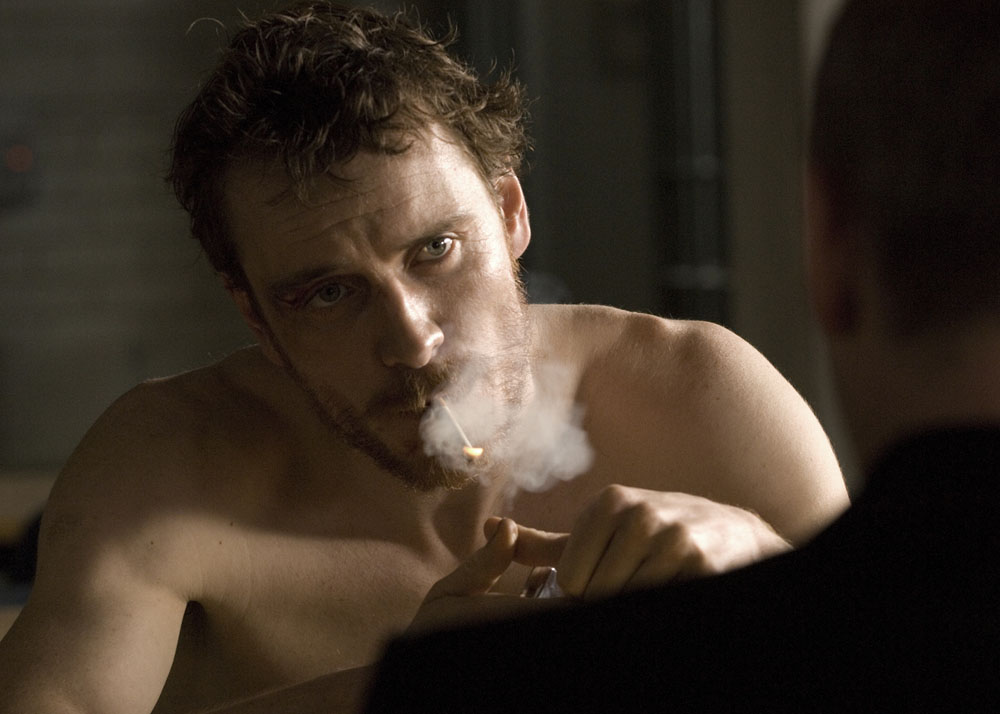
Sean Francis Bobbitt (BSC) is a British cinematographer with American origin. In 2008 he started collaboration with award-winning British director Steve McQueen, when he shot drama “Hunger” about Irish republican Bobby Sands. Lately, this dream team filmed two more motion pictures, “Shame” in 2011 and Oscar winner “12 Years of Slave” in 2013.
This British cinematographer was nominated for the BAFTA award three times, and ASC and BSC nominated him for “12 Years of Slave”. At Camerimage in 2011 he was nominated for “Shame” and he won the Carlo di Palma Award at the European Film Awards for the same film.
He not only works on McQueen’s projects, but also on other famous films like “The Place Beyond the Pines” (crime drama-thriller about motorcycle stunt rider Derek Cianfrance), and “Byzantium”, which was directed by Irish director Neil Jordan, starring Saoirse Ronan (this year Oscar-nominated actress), Gemma Arterton and Jonny Lee Miller. He shot Spike Lee’s American remake of “Oldboy” and other films as well.
In dialogue scenes, he says he is a “third person”, not just an observer, and he needs to feel the emotion of the two who are speaking with his camera. His style is characterized by the beauty of simplicity, minimal lightning, and the ability to pull out the maximum of visual beauty, despite the serious themes in the films he shot.
26. Maryse Alberti (France)
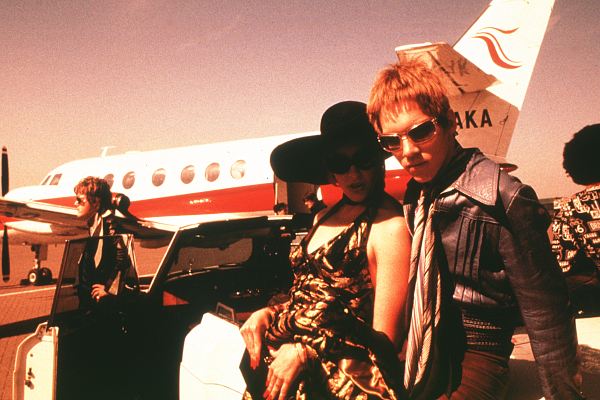
This lady is a French cinematographer who mostly works in the US. She was the first female cinematographer featured on the cover of the “American Cinematographer” magazine. Alberti never attended film school. Her first steps in the film industry were as a still photographer on a porn film set.
In 1982, she was the assistant to cinematographer Steven Fierberg, who trained her. Her first film was the full length documentary directed by Stephanie Black, “H-2 Worker” (1990). For that film she earned the Sundance Film Festival Award as a cinematographer. She usually shooting films with a 16mm camera. She personally really loves to shoot documentaries.
In 1998, she filmed her first big budget film for director Todd Haynes called “Velvet Goldmine”, and that’s the film that brought her the cover of “American Cinematographer” and her first personal camera operator. For Darren Aronofsky, she shot the drama “The Wrestler” (2008). Aronofsky wanted her because she shot a lot of documentaries and he wanted the film to look as realistic as possible. She filmed also this year’s Oscar nominee “Creed”.
Maryse Alberti is definitely living proof that women can be very good directors of photography.
25. Ryszard Lenczewski (Poland)
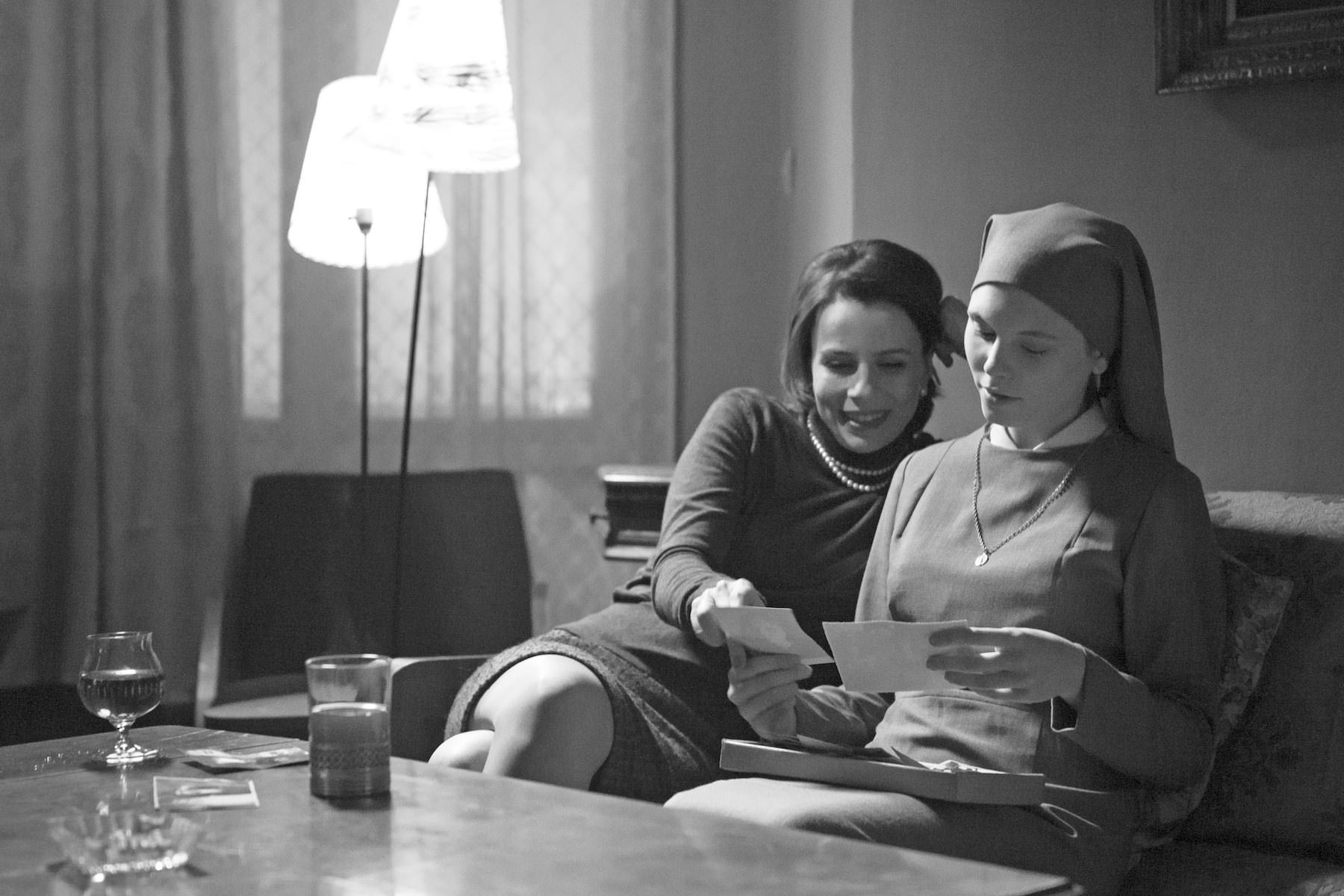
Last year’s Oscar nominee for Best Cinematography, Ryszard Lenczewski is most known for his work with another Polish cinematographer Lucas Zal on film “Ida”, directed by Pawel Pawlikowski, which won an Oscar for Best Foreign Language Film in 2015. Also, he was a director of photography on three of Pawlikowski’s feature films. He shot over 30 feature films.
BAFTA nominated him in 2015 for “Ida”, and in 2004 and 2001 they gave him TV awards for Best Photography and Lighting (Fiction/Entertainment) for the mini-series “Charles II: The Power & The Passion” and “Anna Karenina”.
The American Society of Cinematographers awarded him with the Spotlight Award for “Ida” in 2014. The British Society of Cinematographers nominated him for the same film, together with his colleague Lucas Zal. At the Brothers Manaki Festival, he won the Golden Camera 300 for his work on “My Summer Love” and in 2001 he won the same award for “Last Resort”. The Camerimage Festival awarded him with the Golden Frog in main competition for “Ida” in 2013 (with Lucas Zal).
Lenczewski initially wanted to be a photographer, which is why he likes to compose film frames to be photo-like. He never left photography, and now he making preparatory photo sketches for films he shot.
His photography role models are French photographers Jeanloup Sieff and Henri Cartier Bresson, and Irving Penn.
24. Philippe Rousselot (France)
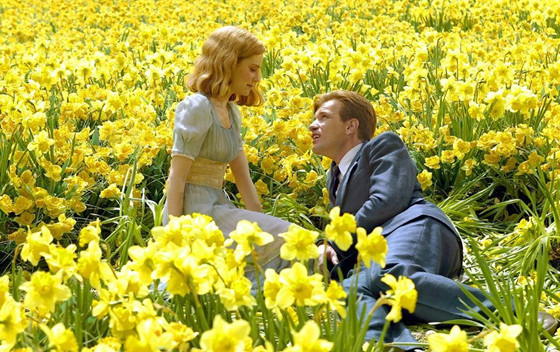
Philippe Rousselot is a 70-year-old, award-winning French cinematographer. He studied cinema at L’Ecole Louis Lumiere. Rousselot worked with many well-known directors such as Robert Redford and Tim Burton. He is a member of the American and French Societies of Cinematographers.
In 1993 he won an Academy Award for Best Cinematography for film “A River Runs Through It”, directed by Robert Redford, and he was also nominated for Oscar two more times, in 1991 for Philip Kaufman’s “Henry & June” and in 1988 for “Hope and Glory”. He won the BAFTA award in 1999 for “Interview with the Vampire: The Vampire Chronicles”. The American Society of Cinematographers nominated him three times (including nominations for “The Bear” in 1990 and for “Dangerous Liaisons” in 1989).
He started his career as an assistant to another famous cinematographer, Néstor Almendros. With Tim Burton he filmed “Big Fish” in 2003 and “Charlie and the Chocolate Factory” in 2005.
His role models are cinematographers Vittorio Storaro, Vilmos Zsigmond, Cesar Charlone, Edward Tisse, Gregg Toland, Henri Alekan and many others.
Films of Kenji Mizoguchi, Fritz Lang, Sergei Eisenstein, Federico Fellini and Ingmar Bergman influenced his creative work.
23. Peter Zeitlinger (Czech Republic, the then Czechoslovakia)
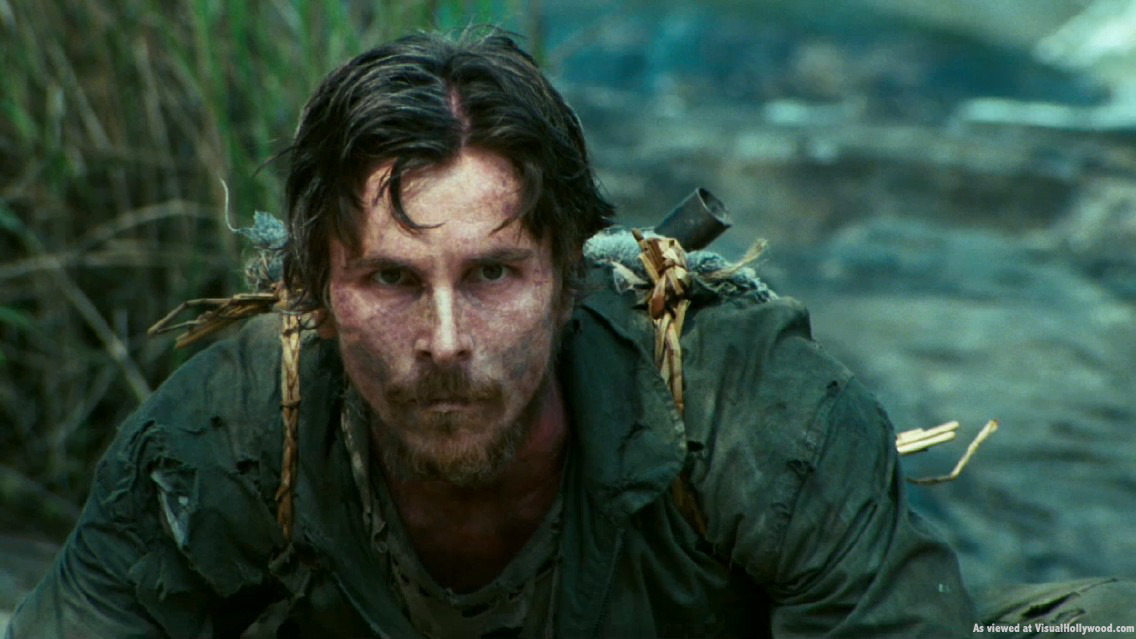
Zeitlinger is an Austrian cinematographer who usually works with famous German director Werner Herzog. As a child, he left the country with his mother during the Soviet occupation and moved to Austria.
He studied at the University of Music and Performing Arts in Vienna. His most influential teacher was Austrian filmmaker Peter Kubelka. He taught him about the interrelations between music, cooking and filmmaking, because all three forms have the same rules: composing (montage, composition) and perceptions in the course of time (dramatic plot).
In 1995, after Werner Herzog watched Ulrich Seidl’s “Prepared for Losses”, which was shot by Zeitlinger, he was delighted with Zeitlinger’s outstanding handheld camera work and hired him for the documentary “Death for Five Voices”.
He is Herzog’s favorite director of photography, since they worked together, even on Hollywood films like “Rescue Dawn” (realized by MGM in 2007). Their documentary “Encounters at the End of the World” from 2007 was nominated for Best Documentary at the Academy Awards in 2009.
This documentary master was nominated in 2013 at the Camerimage Festival in Poland for Best 3D Documentary Film for his work on Werner’s “Cave of Forgotten Dreams” (2010), and for many other prizes.
His meticulousness to details, unique camera movements and style of shooting are the characteristics of this cinematographer.
22. Jörgen Persson (Sweden)
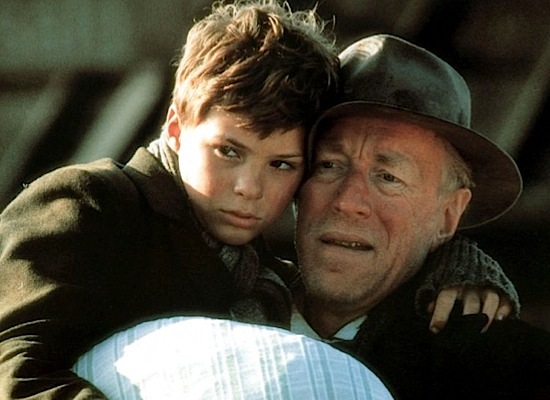
Jörgen is a Swedish veteran cinematographer who worked on over 60 films since 1965, when he started his career.
He was nominated in 1969 for the BAFTA award for Best Cinematography for film “Elvira Madigan”, directed by the late Swedish director Bo Widerberg. In 1997 he was nominated at the Camerimage Festival for a Golden Frog for “Jerusalem”, directed by the Danish director Bille August. In 1989, he was declared the Best European Cinematographer of the year at the European Film Awards for “Kvinnorna på taket” by Carl-Gustav Nykvist, the son of famous Bergman cinematographer, Sven Nykvist.
His most famous films are: “Les Miserables” (1998) by Bille August, “My Life As a Dog” (1985) by Swedish director Lasse Hallström, “House of the Spirits” by August, and Best Foreign Language Oscar winner from 1987 “Pelle the Conqueror”, directed by the same director.
“Pelle the Conqueror” is a the story about an aging ineffectual Swedish widower and his son. The film beautifully captures the Danish icy winter and splendid spring, which is contrary to their lives. This film also won the Palme d’Or at Cannes.
21. Agnès Godard (France)
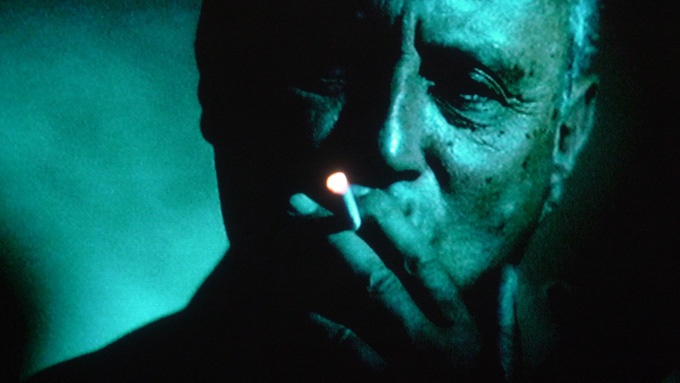
She is an award-winning French director of photography, mostly known for her work with another French filmmaker, Claire Denis. She started her career in 1982, when she made her first project as a cinematographer for famous German director, Wim Wenders. The project was a 50-minute documentary called “Room 666”, a TV film about 15 directors.
There she met Claire, who was his assistant. Godard worked as an assistant camera operator or focus assistant on many films directed by famous filmmakers, such as Wenders and Peter Greenaway, and with legendary cinematographer Henri Alekan as well.
Godard started her collaboration with Denis when they had to make a documentary about the late French New Wave director, Jacques Rivette. Her other well-known films are “The Dreamlife of Angels” (1988), a drama directed by French filmmaker Eric Zonca, “Golden Door” (2006) by Italian award-winning director Emanuele Crialese, “Beau Travail” (1999), a drama for Claire Denis, and “Hunting and Gathering” (2007, starring Audrey Tautou) by the late Academy Award winning director Claude Berri from France.
At the Camerimage Film Festival in 1997, she was nominated for a Golden Frog for Denis’s film “Nenette and Boni”, and also in 1994 for “J’ai pas sommeil”, directed by the same director. At the European Film Awards in 2000, she was nominated for “Beau Travail”.
These two ladies are more examples that women can make really good films as well, despite the fact that in this business there are many more men.